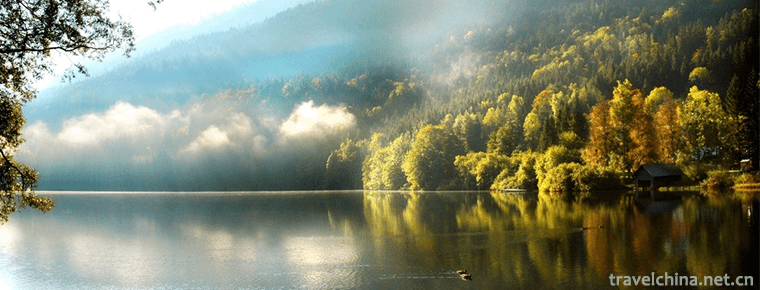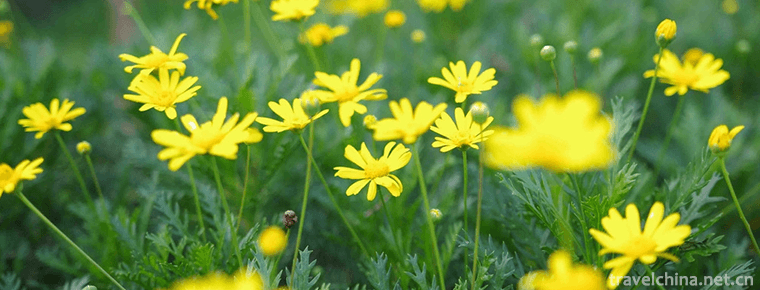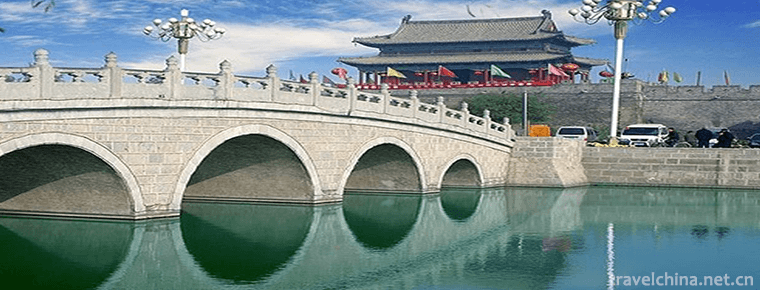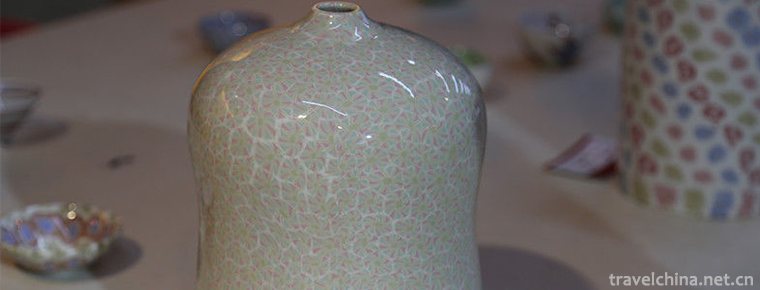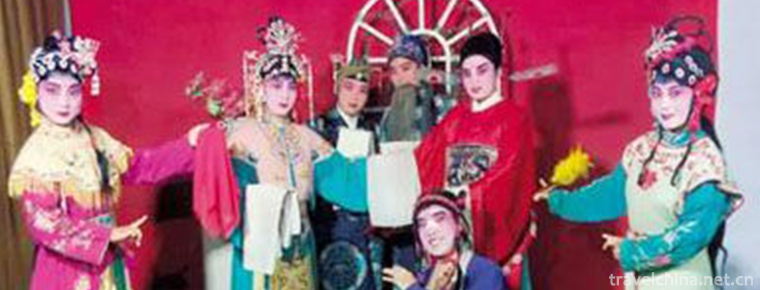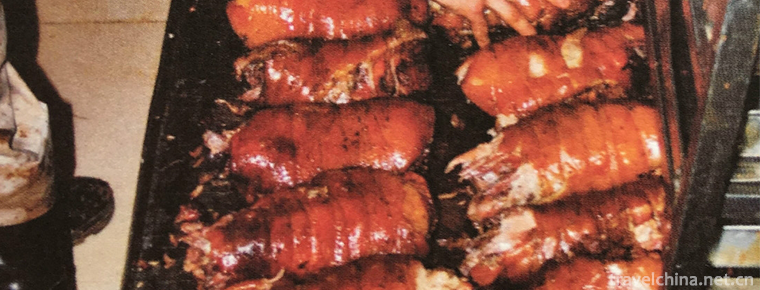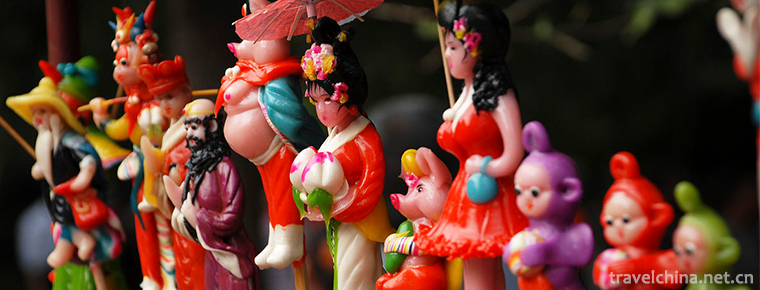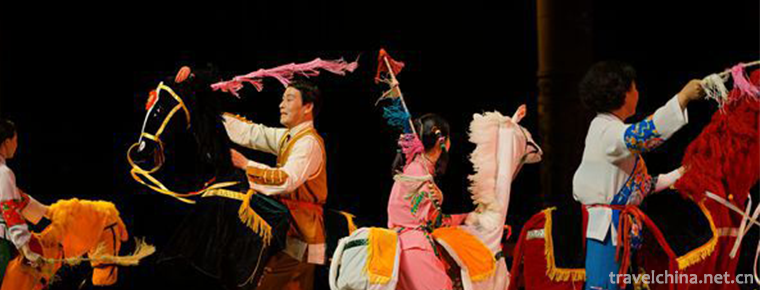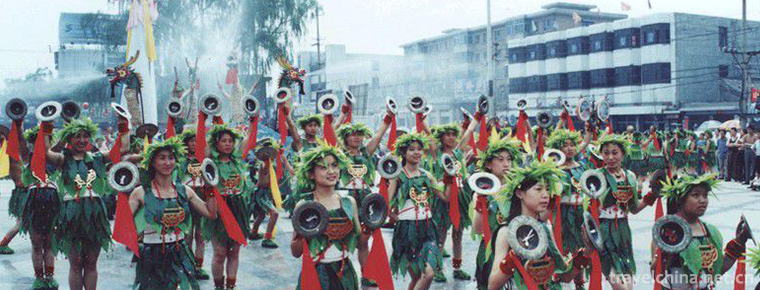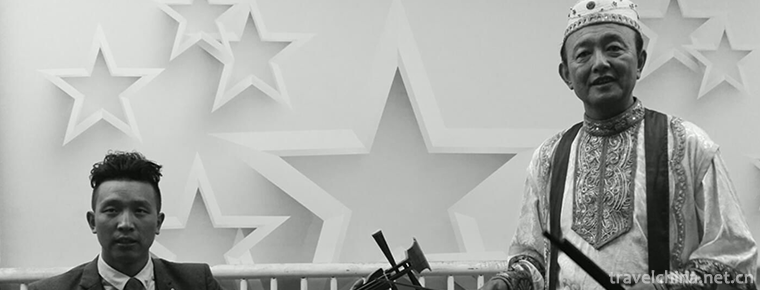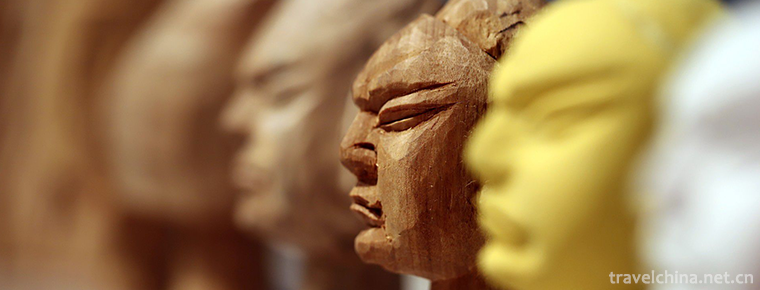Buyi Eight tone Sitting Singing
Buyi Eight-tone Sitting Singing
Buyi eight-tone sitting-singing, also known as "Buyi eight-tone", is a form of folk music and singing handed down from generation to generation by the Buyi people. The so-called Buyi Bayin refers to the traditional rap and singing art which is spread in the towns along the Yangtze River and parts of the Nanpanjiang River Valley in Xingyi City, southwestern Guizhou Province, which is the Buyi and Miao Autonomous Prefecture. Buyi Bayin is also called "Eight-tone Sitting Singing". There are 8 to 14 performers who sing Sheng, Dan, Jing and Ugly operas without makeup. It is named for its eight musical instruments such as calf bone, bamboo tubular piano, straight flute, moon piano, three strings, mango gong, gourd, Piccolo and so on. For thousands of years, it has been inherited in villages and villages in Nanpan River Basin. According to legend, the prototype of Buyi Bayin belongs to court music, mainly playing. After the Yuan and Ming Dynasties, due to the aesthetic consciousness of the Buyi nationality, it gradually developed into a form of music accompanied by silk and bamboo instruments.
On May 20, 2006, the opera was approved by the State Council and listed in the first batch of national intangible cultural heritage list.
Historical origin
According to historical records, as early as the Tang and Song Dynasties, Bayin was spread in Xingyi, Anlong, Ceheng, Wangmo and other Bouyei areas in Guizhou Province. Zhou Qufei of the Song Dynasty said in "Answer to Pingnan Music from the Outer Ridges": "All the counties in Guangxi have multi-purpose music, the city corridor villages, sacrifices, marriages and funerals, all of which need no music. Although farming is accompanied by oral music, the sound of drums and flutes is heard in the sky. Every year, Qiucheng enrolls musicians to teach his disciples and listen to their rhymes, but they are too despicable to listen. Pingnan County, Weixun Prefecture, is an ancient Gongzhou. There are old church halls, which can be renovated. Sometimes there are officials in the church halls. They leave in disorder to Pingnan and teach the local people to enjoy themselves. So far, they can spread their voices. "In the Yuan and Ming Dynasties, eight-tone singing added folk custom and festive content, and absorbed the characteristics of other operas, greatly enriching the content of singing. By the Qing Dynasty, "Eight-tone" was one of the operas that was singing, singing Sheng, Dan, Jing and Ugly, without makeup... "(According to Barnyard Bill). So far, eight tones have developed into a form of musical singing. According to relevant records, Buyi Bayin was once prevalent in the Ming and Qing Dynasties. In the villages of Buyi nationality in Panjiang valley, there is a teaching music hall called "Eight-tone Hall", which specializes in teaching the skills of Buyi Eight-tone. Over three hundred eight-tone teams perform eight-tone sitting and singing. After the founding of New China, the Buyi Bayin Team of Xingyi City has been invited to perform at home and abroad for many times. It has been praised as "the wonderful flower of Panjiang", "the sound of the world, the sound of nature", "the living fossil of sound" and "the artistic pearl by the South Panjiang River".
regional environment
Located in the region: Buyi eight-tone sitting (abbreviated as Buyi eight-tone) is mainly spread in the towns along the Yangtze River and parts of the Nanpan River Basin in Xingyi City, southwestern Guizhou Province.
Geographical environment: Xingyi City is located in the junction of Yunnan, Guizhou and Guizhou provinces (districts), located between 104 32 to 105 11 in the East and 24 38 to 25 23 in the North latitude. It is the center of Kun (Ming) - Gui (Yang) - Nan (Ning) economic circle, known It is the political, economic, cultural, information center and government seat of Guizhou Southwest Prefecture. It is an advanced county (city) with good geographical location, transportation and resource advantages. The whole city covers an area of 2911.1 square kilometers, with a total population of about 756,200, including about 179,500 ethnic minorities, with a large population of over 30 ethnic minorities, such as Buyi, Miao, Yi, Hui, Zhuang and Mongolian. Buyi population accounts for more than 70% of the minority population, and is a typical multi-ethnic area.
There are famous and typical multi-level karst natural landscape national scenic spot-Maling River Canyon, which is famous for its cracks and valleys, waterfalls hanging, and calcium carbonate wall hanging. There are millions of strange peaks which stretch for hundreds of miles. They are magnificent and magnificent, with dense and peculiar peaks and perfect overall shape. They have been praised by Xu Xiake, a geographer and traveler of the Ming Dynasty. Thousands of miles, for the southwest shape Sheng, "how many peaks in the world, only here peak forest", has a unique conical karst geological landscape - Wanfeng forest; there are vast smoke, mountains, beautiful lake scenery, the plateau of the five major freshwater lakes in the country - Wanfeng Lake and many other natural landscapes and strong national customs.
Because Xingyi is a low latitude and high altitude area with an average elevation of 1100 meters, an average annual rainfall of about 1512 mm, a long sunshine time, an average annual temperature of 16.8 degrees C, and an annual frost-free period of about 315 days, it has obvious subtropical seasonal rheumatic and humid climate characteristics, such as "winter without severe cold, summer without severe heat, winter with little snow, four seasons like spring, beautiful environment", which is known as "Xiaochuncheng". It is an ideal place for tourism, leisure and vacation.
development history
In the heyday of the development of octave singing, another new form of literature and art emerged quietly. This is Buyi opera. Buyi Opera came into being in the early Qing Dynasty, and there are different opinions about when it came into being. One is based on the genealogy of the old theatre artists, probably in the Qianlong period. The other is based on the records of Xingyi County Chronicle. In the early years of Guangxu (1875), Wang Shoushan, a clan member of Xingyi's kingly chieftain, initiated the production of special costumes for the first time by many people and performed on the stage in Bajie's Laochangba. So far, Buyi Opera has really completed her development, not only with melody, voice, performance, but also with clothing, becoming one of the plays. Buyi Opera is developed on the basis of "Eight-tone Chorus" (see "Guizhou Volume of Chinese Opera Music Integration oBuyi Opera Music Scroll"). From the performance point of view, Bouyei opera has actions, make-up, special clothing, and these are exactly what "eight-tone concert" does not have. From this point of view, performance is the main difference between the two. This has resulted in two different forms of culture and art.
From pure instrumental music to performance singing, to eight-tone concerto, and then to Buyi opera, forming a unique picture of four musical forms of the same clan. Moreover, these four forms of music have not been washed out by the wave of history, but it is very valuable to form a "four music in one hall" at the same time. This provides a living specimen for the study of the evolution and development of folk literature and art.
artistic characteristics
Whenever people talk about "Buyi eight tones" and "eight tones sitting and singing", they always ask: What does "eight tones" mean? Why is she called Bayin? What does she represent? We know that in the history of Chinese music, the term "eight tones" first appeared in the Zhou and Qin Dynasties. At that time, the musical instruments were divided into eight categories according to the different materials of production: gold, stone, earth, leather, silk, wood, oak and bamboo. This is the "eight tones". Later it was generally referred to as an instrument. What is the relationship between the "eight tones" of "Buyi eight tones" and the "eight tones" of Chinese music history? The "Eight Tones" of "Buyi Eight Tones" and "Eight Tones Chorus" are now interpreted more consistently as eight kinds of musical instruments, namely, Xiaoguan, Niujiaohu, Huluqin, Yueqin, drums, Baobao gongs, pony gongs and hairpins.
"Eight tones" is the name of an instrumental group. Eight-tone performance is usually a ensemble. When Zhou Qufei of Southern Song Dynasty talked about "eight tones" in his book Answer to the Ridge, he said, "Pingnan County, Weixun Prefecture, is an ancient Gongzhou, with an old teaching hall, which is very happy and different. Sometimes they get officials by the church hall and leave in disorder to Pingnan to teach the local people to enjoy music. So far, they can spread their voices. "Whether it is to say that"music is very different"or"teach the native people to combine music", it is to say that there are many orchestral instruments and the form of performance is ensemble. Judging from the music and folk performances handed down now, they all prove the characteristics of "Heyue".
Buyi eight-tone sitting and singing is called "Wanbo flute" in Buyi language, which means playing and singing. Eight-tone sitting-singing performances are composed of eight people holding eight kinds of musical instruments, including Niuguhu (Niujiaohu), Huluqin (Huluhu), Yueqin, bamboo drum (bamboo drum), chopper, hairpin, Baobao gong, pony Gong and so on. The performance uses the first person's "jump in" to narrate the story, and the third person's "jump out" to explain the story. There are also cases where the Buyi instruments such as Le Lang, Le You and Muye are added to accompany the performance. When singing, male artists mostly use high octaves, while women sing in the original tune, which can not only produce strong pitch and timbre contrast, but also increase the interest of singing. When singing, the voice is in Buyi and the Taobai is in Chinese. There are two kinds of voices: small voice and peaceful voice. The members of the band share the roles. There are more than thirty tunes, such as right tone, right tone, walking tone, road board, long tone, inverted long tone, rebound tone, tea tone and wine tone, which can be played alone or sung while playing.
The forms of expression include sitting, singing and dramatic performance. "Eight-tone sitting singing" melody is simple and smooth, melodious and melodious. It is often performed on national festivals, weddings, funerals, marriages, houses, birthday celebrations and other occasions. It is a national rap art form that is deeply loved by the Buyi people. The most representative traditional programs are "Buyi Marriage Customs", "Congratulations Hall", "Huxi and Nanxiang", "Reception Tune", "Singing Wang Yulian Biography", "Toast Song", "Liang Shanbo and Zhu Yingtai" and more than 40, including "Fumantang", "Happy Birthday Hall", "Goran", "Baitang Tune", "Wanlang", "Brothers and Sisters Tune" and "Come and Go"; Segments from Nanyang, Buyi Opera Sayi Affection, the final song Shengshi Diao: Angyang, etc. are mainly based on Buyi's folk oral literature, folk music and rap art. They show Buyi people's love for life, their yearning for harvest, their pursuit of love and their criticism of ugliness. Because of its long history, euphemism and elegance, and strong national characteristics, it is known as the living fossil of sound and the sound of nature.
Inheritance value
Buyi eight-tone sitting-singing developed from pure instrumental music to performance singing, to eight-tone concerto, and then extended to Buyi opera, forming a unique picture of four musical forms of the same clan. Moreover, these four forms of music have not been washed out by the waves of history. At present, they exist at the same time and form a "four-music-in-one hall", which is very valuable. This provides a living specimen for the study of the evolution and development of folk literature and art. On May 20, 2006, the opera was approved by the State Council and listed in the first batch of national intangible cultural heritage list.
The Buyi eight-tone sitting-singing is gradually created and formed by the Buyi people in their long-term production and life practice. It is deeply rooted in the Buyi people, has distinct Buyi characteristics and broad mass base, and is the representative of excellent national culture. It can be said that the eight-tone sitting singing is not only the crystallization of the wisdom of the Buyi people, but also a treasure in the treasure house of Chinese folk art.
protective measures
The state attaches great importance to the protection of intangible cultural heritage. On May 20, 2006, the opera was approved by the State Council and listed in the first batch of national intangible cultural heritage list.

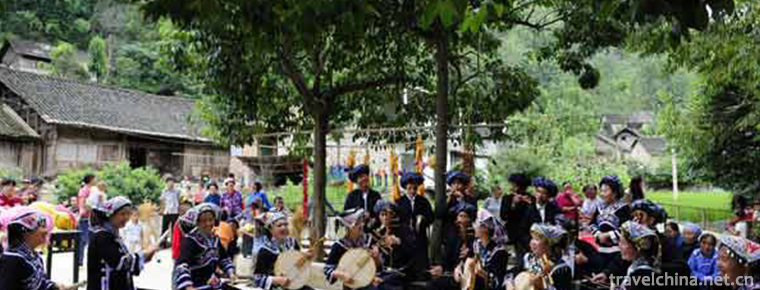
Buyi Eight tone Sitting Singing
-
The AncientCity of Ping Yao
The AncientCity of Ping Yao is located in Pingyao County, central Shanxi Province. It was founded in Xuanwang Period of Western Zhou Dynasty (827-782 BC).
Views: 329 Time 2018-11-24 -
Mount Longhu Scenic Area
Located in Yingtan City, Jiangxi Province, the Longhu Mountain Scenic Area is 18 kilometers away from the city center. It consists of six scenic spots: Xianshuiyan, Longhu Mountain, Shangqing Palace
Views: 207 Time 2018-12-08 -
Shanghai Gulf National Forest Park
Shanghai Bay National Forest Park is located in the May 4th Farm of Haiwan Town, Fengxian District, Shanghai, 60 kilometers from the center of Shanghai. It is a large artificial urban ecological fores
Views: 161 Time 2018-12-19 -
Shangqiu Ancient Culture Tourist Area
Shangqiu Ancient Culture Tourist Area is located in Suiyang District of Shangqiu City. Based on Shangqiu Ancient City, the area of 12.6 square kilometers is covered by Guidefu City
Views: 127 Time 2019-02-08 -
Firing Techniques of Dangyangyu Twisted Tissue Porcelain
Dangyangyu Twisted Tissue Porcelain, a special product of Dangyangyu Village, Xiuwu County, Henan Province, is a product of China's National Geographic Indicators.
Views: 193 Time 2019-04-25 -
Haha Opera
Haha Opera, also known as Liuzi Opera and Drinking Opera, is a local opera originated from the folk in Hebei Province. It is the first national intangible cultural heritage
Views: 229 Time 2019-05-02 -
Traditional Processing Techniques of Liuweizhai Sauced Meat
Liuweizhai is a well-known Chinese brand which was founded in 1738 in the three years of Qianlong in Qing Dynasty. Its sauced meat, as a traditional food in China and a famous food in the Three Jin Dy
Views: 159 Time 2019-05-14 -
dough figurine
Noodles, also known as face sculptures, models and flowers, are simple but highly artistic Chinese folk crafts. As early as the Han Dynasty, Chinese face sculpture art has been written down. It uses f
Views: 145 Time 2019-06-05 -
Mulian Opera
Mulian Opera is an ancient opera with religious story "Mulian Save Mother" as its theme, which is preserved in folk activities. It is the first opera that can be tested at present. It is kno
Views: 136 Time 2019-06-06 -
Wenshui Tiaozi
Wenshui Biaozi is an ancient and unique traditional folk music art spread in Wenshui County, Shanxi Province. It is named for its special copper cymbals commonly known as "Biaozi" in perform
Views: 165 Time 2019-06-29 -
virtuous and filial
Xianxiao was born out of Buddhist folklore, and has a deep relationship with Xiliangle music, Dunhuang Bianwen and Hexi Baojuan. The way of inheritance mainly depends on the artistic population. Its c
Views: 188 Time 2019-07-01 -
Zhangzhou Puppet Head Sculpture
Zhangzhou puppet head carving is a traditional folk arts and crafts in Zhangzhou City, Fujian Province. It belongs to a special skill in the production of puppet stage props. Zhangzhou puppet head car
Views: 139 Time 2019-07-25

